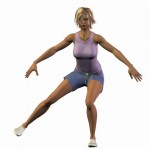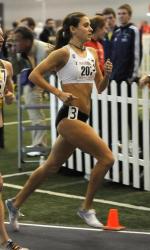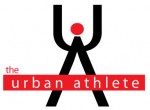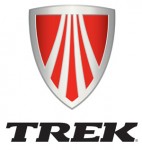Audience: Runners and therapists
Purpose: advocate hip strengthening exercises
The “core” gets all the press. But when it comes to running research and injury prevention I would sooner extol the virtues the butt. The side of the butt to be most specific.
These muscles (gluteus medius/minimus and gluteus maximus) are huge in the relationship to injuries to the knee, hip and spine. If you want to split hairs you can call them part of the core (you should, but most people don’t).
For a decade, I swear its been that long, researchers (and their readers like me) have advocated that runners should train these muscles and forgo stretching if they had to pick between the two exercise possibilities (I’ve softened my stance on stretching, more posts to follow). The exercises are easy to do and can be fit in after a good run.
To support these views the Toronto Star just published a summary of a paper by Reed Ferber out of Calgary. He runs a great lab and worked with Irene Davis (a superstar researcher in running biomechics), before starting his lab in Calgary. His research publications are quite exceptional and if I were still a researcher they would make me envious.
See the Star article here: http://www.healthzone.ca/health/dietfitness/fitness/article/960175-researchers-get-hip-to-the-root-of-knee-pain-for-runners
For those interested in training their hips here are a slew of exercise programs (click on the links):
1. Patellofemoral pain treatment
2. Neuromuscular control of hip and knee function
3. Hip airplanes
4. Side Bridge variations - the best exercise to work the gluteus medius
One of my favorites is below. The one leg squat with leg raise. Most Toronto Physiotherapy places advise that you do the clamshell or side lying leg raise. The problem (click here for a detailed review) is that the exercises only work the hip stabilizing muscles about 40% of their max. This is not enough. Muscles get stronger when you stress them. Unless you just had a hip replacement forget about these remedial exercises - unless maybe you truly are super weak here, then you need them.
Otherwise, train harder. You are an athlete and a runner.

Have fun,
Your Toronto Physiotherapy snob,
Greg Lehman






